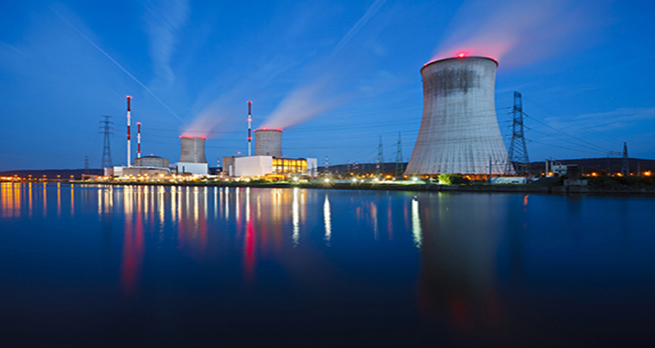1.1.2 Common isotopes
Table 1 shows some of the isotopes of the eight lightest elements. Isotopes of the same element have the same atomic number but a different mass number.
| Atomic number Z | Mass number A | Isotope name | Isotope symbol |
|---|---|---|---|
| 1 | 1 | hydrogen | |
| 1 | 2 | deuterium | |
| 2 | 3 | helium-3 | |
| 2 | 4 | helium-4 | |
| 3 | 7 | lithium-7 | |
| 4 | 7 | beryllium-7 (unstable) | |
| 4 | 8 | beryllium-8 (unstable) | |
| 4 | 9 | beryllium-9 | |
| 5 | 11 | boron-11 | |
| 6 | 12 | carbon-12 | |
| 6 | 13 | carbon-13 | |
| 6 | 14 | carbon-14 (unstable) | |
| 7 | 14 | nitrogen-14 | |
| 8 | 16 | oxygen-16 |
Only the isotopes of hydrogen have their own names. All the H isotopes have one proton but hydrogen has no neutrons, deuterium has one neutron and tritium has two neutrons.
It is worth mentioning that protons and neutrons do themselves have an internal structure and are comprised of even smaller particles, known as quarks.
You will have noticed that some isotopes in the table are labelled unstable. You’ll find out the reason for this later this week. Next, take a short quiz about what you’ve learned so far.
